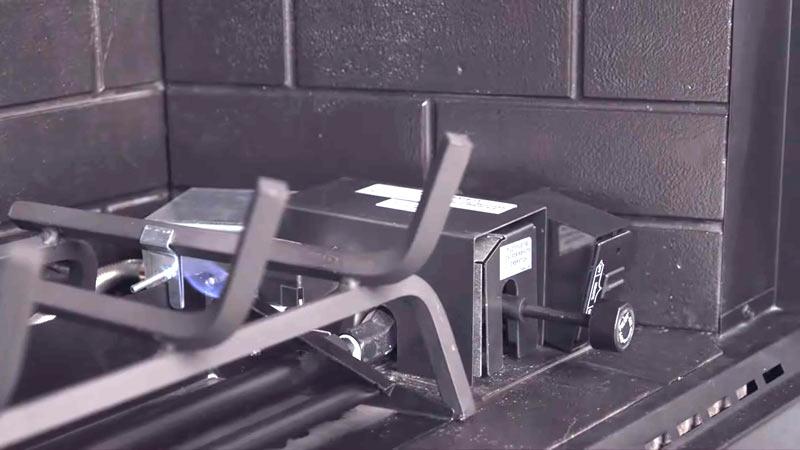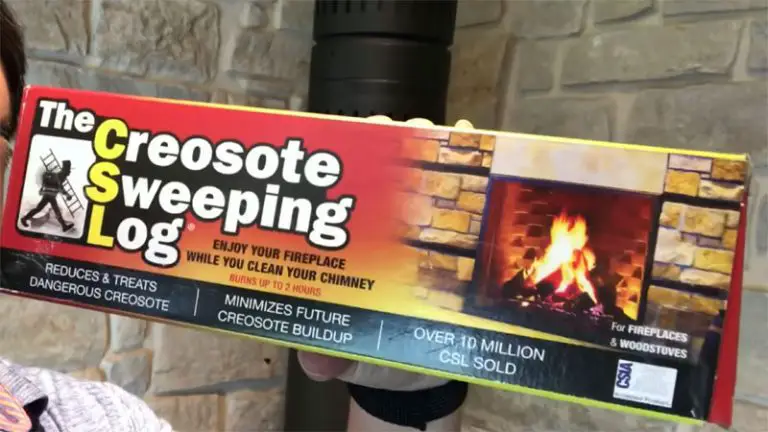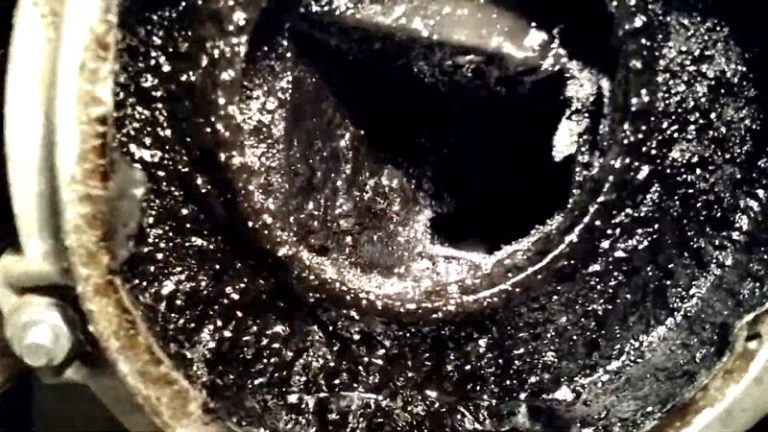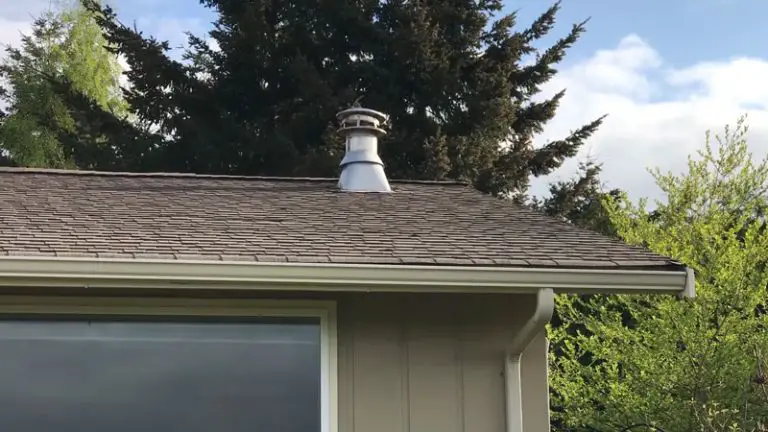Does Flue Need To Be Open For Pilot Light

When the fireplace is in use, you will need to open the damper to flue vents. Doing this will reduce the amount of cold air that enters your home when using the fireplace.
Opening the damper only while using the fireplace will help conserve energy and keep your home warm during colder months. Keep an eye on your bills by knowing how much heat you’re actually using and making adjustments accordingly from year to year.
Always be sure to check local regulations before opening up a damper – not all states allow it at all times.
You'll Learn About
Does Flue Need To Be Open For Pilot Light?
Opening the damper to flue vents when using the fireplace can help reduce cold air influxes and conserve energy. It is important to open this damper only when the fireplace is in use, as doing so will prevent any potential fire hazards from occurring.
By following these simple guidelines, you can keep your home safe by reducing unnecessary heat loss during colder months. Make sure to check with your local building codes before making any adjustments – Failure to do so could lead to costly repairs later on down the line.
Damper to Flue Vents Needs To Be Opened
It is important to remember that the damper to flue vents needs to be opened when the fireplace is in use. This will help ensure proper ventilation and prevent possible fires from starting.
If you forget to open the damper, your fireplace could become blocked and less efficient in burning wood or pellets. Opening the damper not only allows heat and air into the house but also prevents smoke from entering through any cracks or gaps in your home’s foundation walls. By following these simple steps, you can make sure your family has a safe, fun experience around your flames any time of year.
Reduce Inflow Of Cold Air
Opening the damper to the flue only when you are using your fireplace can help reduce the amount of cold air entering you’re home. It is important to keep an eye on temperatures in winter, as opening the damper too often during colder weather could cause frostbite or even a fire.
You may also want to consider installing a thermostat for your fireplace if you live in a climate where it gets cold frequently throughout the year. Stopping airflow entirely will prevent heat from being lost and create conditions that could lead to dangerous combustion.
Carbon Monoxide Poisoning
The closed flue can increase the chance of carbon monoxide poisoning. Carbon monoxide is a colorless, odorless gas that can quickly kill a person by blocking the oxygen-carrying function of hemoglobin in the blood. Carbon monoxide levels are usually greatest when the damper is closed, and they can build up if the damper is left closed for a long period of time.
Might Cause Fire
The fire can occur due to the accumulation of toxins emitted by propane in the form of small and unburned propane particles, which accumulate as the gas ages. This accumulation is particularly likely if the gas is stored at high pressures.
The buildup can be caused by improper handling of the gas or by improper installation of the propane tank. When a fire does occur, the toxins are released and cause an explosion that causes extensive damage.
Can you close the flue with pilot light on?
If your firebox is not closed properly, heat and smoke will escape from the chimney. To fix this problem, you may first need to turn off the gas and electric at both the pilot light switch and main burner control valve.
Then use a wrench or pliers to close the flue’s damper.
Check If The Fireplace Is Operational
If the fireplace is not operational, you will need to get a permit from your municipality in order to have one installed.
In general, there are some safety regulations that must be followed when operating a fireplace. This includes making sure there’s no obstruction in the chimney and turning off all external lights and appliances that could deprive gas of oxygen.
Make Sure There’s No Blockage In The Chimney
A blocked or dirty chimney can cause problems with the flow of air into and out of your home’s heating system as well as create dangerous levels of carbon monoxide poisoning if left unaddressed.
To check if there is any blockage, use an infrared camera or smoke detector to locate any issues inside the chimney.
Open Windows To Ventilate House
When it comes to heat retention, open windows are king. By letting fresh air into your house while simultaneously ventilating it through openings like windows, you can help limit indoor humidity levels which can lead to condensation on walls and ceilings (and eventually mildew).
Use A Thermostat To Limit Heat Output
An over-heated home is one of the leading causes of residential fires – so make sure you’re using a thermostat that limits heat output during warm weather months in order for your home to stay safe and comfortable.
Remember: don’t leave doors or windows open when temperatures drop below freezing – this allows cold wind drafts into homes which can increase energy costs by up to 30%.
Does flue need to be open for gas fireplace?
Leave the Chimney Damper open when using a gas fireplace to allow for proper ventilation of the flue. When not in use, close the gas fireplace flue to prevent the accumulation of smoke and soot inside the chimney.
Firelogs should be kept clean and dry; if they become wet, the fungus may grow which could cause a fire. Proper maintenance can help keep your chimney in good condition and free from obstruction by debris or snow buildup over time- this will also ensure that your fireplace operates properly throughout its lifespan.
Should the flue always be open?
The flue on your stove, fireplace, or chimney should always be open. This allows the heat from the fire to escape and prevents your home from becoming too hot.
- Always open the flue when you are burning wood or other combustible material in your fireplace. This will ensure that all of the smoke and heat from the fire escape.
- Keep the damper fully open during use to allow as much airflow through the system as possible. Closed vents can cause overheating, so it is important to leave them open until there is a noticeable drop in temperature.
- Close off the flue when not in use to prevent any unwanted contaminants from entering your home or building- including CO levels which could be dangerous for your health.
- When using an outdoor woodburning stove, always keep the flue open at all times so that smoke and ash can escape properly.
When should I close the chimney flue?
The first thing to consider when deciding whether or not to close the chimney flue is the weather. If it’s windy outside, opening up the flue will cause more damage to your house and potentially injure you or someone else.
Additionally, if there is a lot of smoke coming from the fireplace, it means that there’s probably too much wood inside and you should open up the flue so that all of the smoke can escape. When you are ready to light a fire, it is important to close the chimney flue.
This will prevent any warm air from escaping and potentially causing a fire. You should also open the damper before lighting the fire in order to allow smoke and heat into the living space. Finally, make sure that you burn down all of the embers completely so that there is no chance of an escape.
Do you close the flue on a wood stove?
Closing the flue on a wood stove will prevent smoke and soot from entering your home, as well as keep your chimney clean. If you are burning hardwoods, then close the flue to prevent sparks and flying embers from igniting your house.
Always open the damper if there is any sign of smoke or soot in order to ventilate your home quickly and safely. Keep an eye on the stove’s warning system-if it starts beeping, which means it’s time to close up shop.
Can you run a gas fireplace with the damper closed?
Yes, you can run a safe gas fireplace with the damper closed. Be sure to use caution when doing this as there is always the risk of fire. Make sure that all of your furniture and curtains are away from the area where the fire is burning in order to avoid any accidental fires.
If the damper is closed, combustion will occur in all of the air spaces within the log set and gas will be produced. This process produces heat which can then be transmitted through your fireplace’s metal grid to nearby rooms where you are burning it. Because there is no exhaust system present, any smoke or fumes released by your logs during combustion can potentially harm people and pets who are nearby.
It is never safe to use a gas fireplace with an open damper as this could result in serious burns or even fire damage to your home. Always make sure that proper ventilation is maintained in order for harmful gases to escape safely.
Children and pets should always be kept away from open flames, including gas fireplaces, so they do not get hurt or trapped in the fire. Keep children away from areas near fires while adults supervise them closely. Close doors leading out onto decks and balconies when using portable outdoor heating units such as space heaters; avoid smoking around indoor fires.
Is it OK to leave the flue open overnight?
If you want to avoid carbon monoxide poisoning, it is important to keep the flue open overnight. Smoke from burning wood often contains carbon monoxide, so make sure your chimney is wide open when using a gas fireplace.
If leaks do occur in your home, seal them immediately to prevent CO levels from rising dangerously high. You can also avoid these risks by using a stove that burns natural gas or propane instead of wood. If you burn bad logs, your fireplace might smell like kerosene.
Finally, if you experience smoke inside your home even after making all necessary repairs and updates, call an expert for help determining the cause of the problem.
To Recap
Yes, pilot light is required to operate an open flue stove. Without the pilot light, the gas would not ignite and the stove could not heat up.





